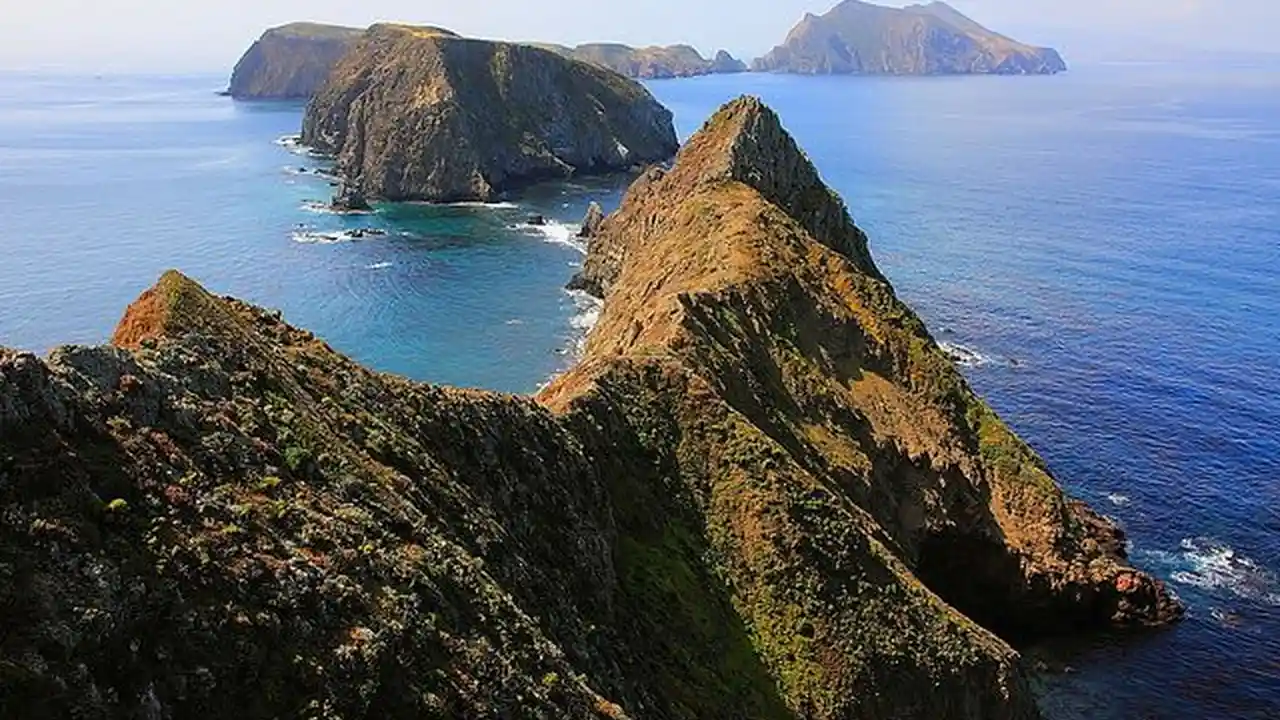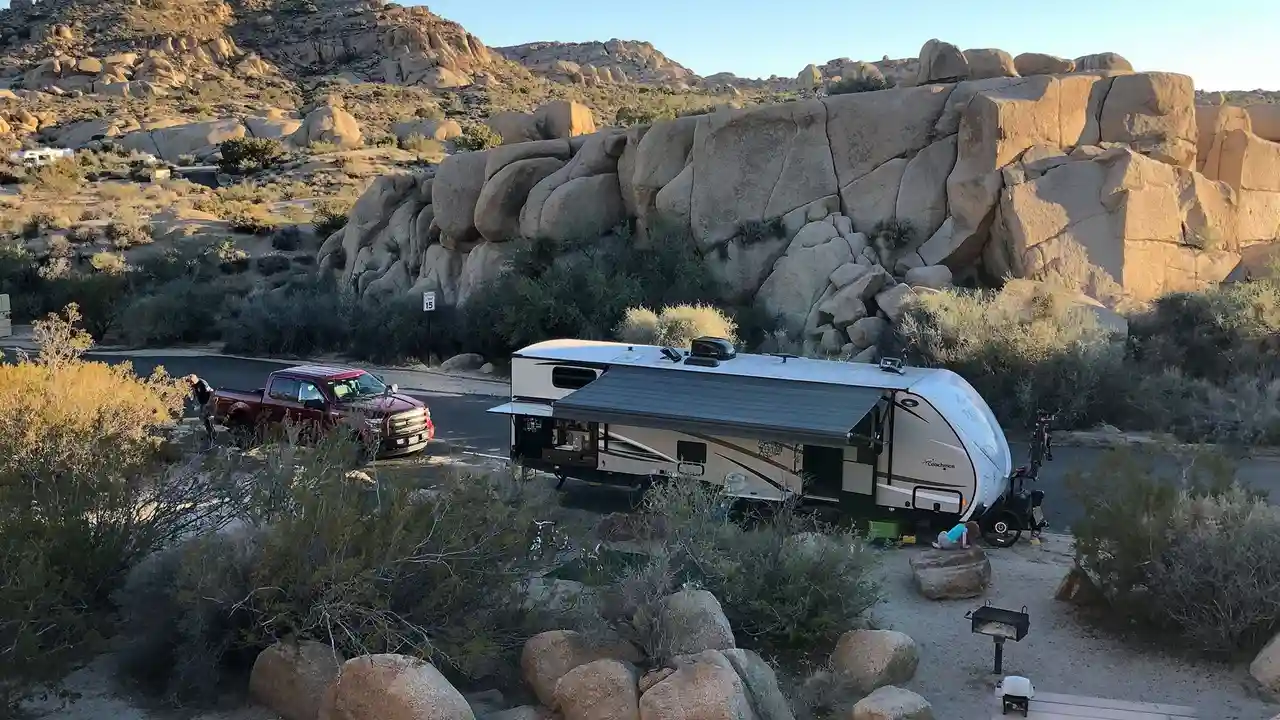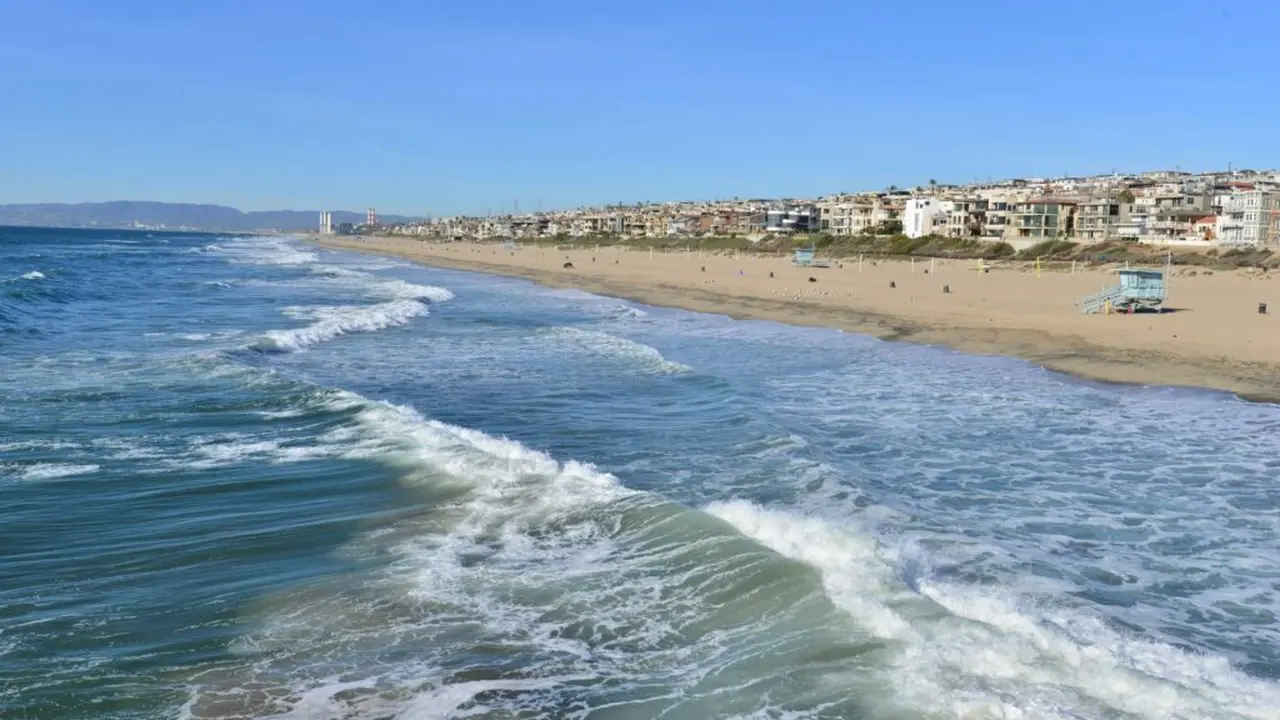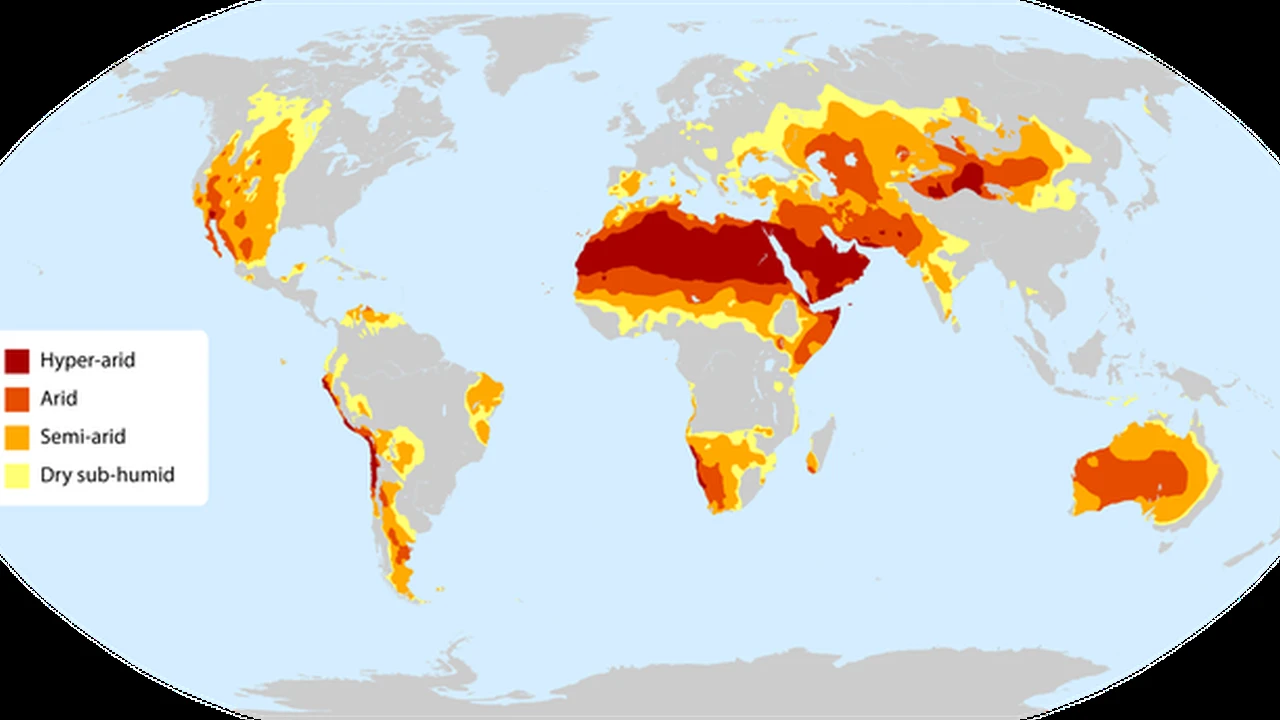Channel Islands_ California's Galapagos Islands

California, often lauded for its iconic landmarks and bustling cities, harbors a secret world of ecological wonders. From the towering redwoods of the north to the arid deserts of the south, and the unique biodiversity of the Channel Islands, the Golden State boasts an array of ecosystems unlike anywhere else on Earth. This article delves into one of these fascinating environments, showcasing its unique characteristics, the challenges it faces, and the opportunities for conservation and appreciation.
Delving into the Redwood Forests California's Coastal Giants
Imagine standing beneath trees so tall they seem to pierce the sky, their ancient presence a testament to centuries of resilience. This is the reality within California's redwood forests, home to the tallest trees on Earth, the coast redwoods (Sequoia sempervirens). These magnificent forests, primarily found along the northern California coast, are not just impressive in size; they are complex ecosystems teeming with life.
The Redwood National and State Parks, a UNESCO World Heritage site, protect a significant portion of these forests. Walking among the redwoods is an experience that evokes a sense of awe and humility. The filtered sunlight, the damp earth underfoot, and the quiet rustling of leaves create an atmosphere of tranquility and wonder. But beyond the aesthetic appeal, the redwood forests play a crucial role in the environment.
The Ecological Significance of Redwood Forests A Biodiversity Hotspot
Redwood forests are more than just collections of tall trees. They are complex ecosystems supporting a diverse range of plant and animal life. The dense canopy provides habitat for numerous bird species, including the marbled murrelet, an endangered seabird that nests high in the redwood branches. The forest floor is home to various mammals, such as the Roosevelt elk, black-tailed deer, and numerous smaller creatures like banana slugs and salamanders.
The unique microclimate within the redwood forests, characterized by high humidity and frequent fog, creates ideal conditions for the growth of ferns, mosses, and other moisture-loving plants. These plants contribute to the overall biodiversity of the ecosystem and provide essential habitat for various invertebrates and amphibians.
Furthermore, redwood forests play a crucial role in carbon sequestration. Redwoods are incredibly efficient at absorbing carbon dioxide from the atmosphere, storing it in their massive trunks and branches. This makes them vital in mitigating climate change and maintaining a healthy global environment.
Threats to Redwood Forests Conservation and Management Challenges
Despite their resilience, redwood forests face several threats, primarily from human activities. Historical logging practices have significantly reduced the extent of old-growth redwood forests, leaving behind fragmented landscapes that are more vulnerable to disturbances.
Climate change poses another significant threat. Rising temperatures and altered precipitation patterns can lead to increased drought stress, making redwoods more susceptible to disease and insect infestations. Furthermore, increased frequency and intensity of wildfires can decimate redwood forests, especially those that have been previously logged.
Conservation efforts are crucial to protect and restore redwood forests. These efforts include:
- Sustainable logging practices: Implementing logging practices that minimize damage to the surrounding ecosystem and promote the regeneration of redwood trees.
- Habitat restoration: Restoring degraded redwood forests by removing invasive species, planting native trees, and improving watershed health.
- Climate change mitigation: Reducing greenhouse gas emissions to mitigate the impacts of climate change on redwood forests.
- Public education: Raising awareness about the importance of redwood forests and promoting responsible recreation practices.
Exploring the Mojave Desert California's Arid Landscape
In stark contrast to the lush redwood forests, the Mojave Desert presents a landscape of arid beauty and remarkable adaptation. Stretching across southeastern California, the Mojave Desert is characterized by extreme temperatures, low rainfall, and sparse vegetation. Yet, despite these harsh conditions, the Mojave Desert is home to a surprising diversity of life.
Joshua Tree National Park, a popular destination within the Mojave Desert, showcases the unique beauty of this ecosystem. The park is named after the Joshua tree (Yucca brevifolia), a distinctive tree-like yucca plant that is characteristic of the Mojave Desert. These iconic trees, with their twisted branches and spiky leaves, create a surreal and captivating landscape.
Adaptations to Desert Life Survival in a Harsh Environment
The plants and animals of the Mojave Desert have evolved remarkable adaptations to survive in the harsh conditions. Plants, such as cacti and succulents, have developed mechanisms to store water and reduce water loss. Animals, such as desert tortoises and kangaroo rats, have adapted to conserve water and tolerate extreme temperatures.
The Joshua tree, for example, has a deep root system that allows it to access groundwater. Its leaves are covered with a waxy coating that reduces water loss through transpiration. Similarly, the desert tortoise can survive for long periods without drinking water by obtaining moisture from the plants it eats.
The Mojave Desert is also home to a variety of nocturnal animals, such as bats and owls, which are active during the cooler nighttime hours. These animals have adapted to avoid the intense heat of the day and conserve water.
Challenges Facing the Mojave Desert Human Impacts and Conservation Needs
The Mojave Desert faces several challenges, primarily from human activities. Urban development, mining, and off-road vehicle use can damage fragile desert ecosystems and disrupt wildlife habitats.
Climate change also poses a significant threat. Rising temperatures and altered precipitation patterns can exacerbate drought conditions and increase the risk of wildfires, further stressing desert ecosystems.
Conservation efforts are essential to protect the Mojave Desert. These efforts include:
- Land conservation: Protecting critical desert habitats from development and other human activities.
- Sustainable recreation: Promoting responsible recreation practices that minimize impacts on desert ecosystems.
- Water conservation: Implementing water conservation measures to reduce water demand and protect groundwater resources.
- Climate change mitigation: Reducing greenhouse gas emissions to mitigate the impacts of climate change on desert ecosystems.
Product Recommendation: Hydration Packs for Desert Exploration
Exploring the Mojave Desert requires careful planning and preparation. Staying hydrated is crucial in the hot, dry environment. A high-quality hydration pack is an essential piece of gear for any desert adventurer.
CamelBak Crux 3L Reservoir
Description: The CamelBak Crux 3L Reservoir is a popular choice for hikers and backpackers. It features a large 3-liter capacity, a comfortable bite valve, and a durable construction. The Crux reservoir delivers 20% more water per sip, making it easier to stay hydrated during strenuous activities. The QuickLink system allows for easy removal and cleaning.
Use Cases: Hiking, backpacking, trail running, mountain biking.
Product Comparison: Compared to other hydration packs, the CamelBak Crux stands out for its durable construction, comfortable design, and efficient hydration system. It is more expensive than some entry-level options but offers superior performance and reliability.
Detailed Information:
- Capacity: 3 liters
- Weight: 0.5 lbs
- Material: BPA-free polyurethane
- Features: QuickLink system, ergonomic handle, Big Bite Valve
- Pricing: $40 - $50 (prices may vary)
Osprey Hydraulics 3L Reservoir
Description: The Osprey Hydraulics 3L Reservoir is another excellent option for hydration. It features a baffled design that prevents sloshing and a magnetic bite valve that keeps the valve easily accessible. The Hydraulics reservoir is known for its ease of cleaning and its durable construction.
Use Cases: Hiking, backpacking, trail running, cycling.
Product Comparison: The Osprey Hydraulics reservoir is comparable to the CamelBak Crux in terms of performance and features. However, the Osprey Hydraulics reservoir has a wider opening, making it easier to fill and clean. It also features a magnetic bite valve, which some users find more convenient.
Detailed Information:
- Capacity: 3 liters
- Weight: 0.6 lbs
- Material: BPA-free TPU
- Features: Magnetic bite valve, baffled design, wide opening
- Pricing: $45 - $55 (prices may vary)
Platypus Big Zip LP 3.0L Reservoir
Description: The Platypus Big Zip LP 3.0L Reservoir is designed for lightweight and easy cleaning. Its low-profile design minimizes bulk, and the wide-mouth opening makes filling and cleaning a breeze. The HyFLO bite valve provides a high flow rate for quick hydration.
Use Cases: Hiking, backpacking, trail running, minimalist adventures.
Product Comparison: The Platypus Big Zip LP is lighter and more packable than the CamelBak Crux and Osprey Hydraulics reservoirs. It is a good choice for users who prioritize weight and ease of cleaning. However, it may not be as durable as the other options.
Detailed Information:
- Capacity: 3 liters
- Weight: 0.4 lbs
- Material: BPA-free polyethylene
- Features: Wide-mouth opening, HyFLO bite valve, lightweight design
- Pricing: $35 - $45 (prices may vary)
Conclusionish Reflections on California's Ecological Treasures
California's diverse ecosystems, from the towering redwood forests to the arid Mojave Desert, are a testament to the power of nature. These ecosystems provide essential habitat for a wide range of plant and animal life, play a crucial role in carbon sequestration, and offer opportunities for recreation and appreciation.
Protecting these valuable ecosystems requires a concerted effort from individuals, communities, and governments. By supporting sustainable practices, promoting conservation efforts, and raising awareness about the importance of these environments, we can ensure that future generations can enjoy the beauty and benefits of California's unique ecosystems.
California's Coastal Chaparral Exploring a Unique Mediterranean Ecosystem
California's coastal chaparral is a unique Mediterranean ecosystem characterized by dense, shrubby vegetation adapted to hot, dry summers and mild, wet winters. This ecosystem is found along the California coast, from Baja California to Oregon, and is home to a diverse range of plant and animal life.
The chaparral is characterized by drought-resistant shrubs, such as manzanita, ceanothus, and chamise. These shrubs have small, leathery leaves that reduce water loss and deep root systems that allow them to access groundwater. The chaparral is also adapted to frequent wildfires, which play a crucial role in maintaining the health of the ecosystem.
The Role of Fire in the Chaparral Ecosystem A Natural Process
Fire is a natural and essential process in the chaparral ecosystem. Many chaparral plants have evolved to survive and even thrive after wildfires. Some plants have seeds that require heat to germinate, while others can resprout from their roots after a fire.
Wildfires help to clear out dead vegetation, release nutrients into the soil, and create open areas for new plants to grow. However, human activities, such as fire suppression, have altered the natural fire regime in the chaparral, leading to increased fuel buildup and more intense wildfires.
Threats to the Chaparral Ecosystem Habitat Loss and Invasive Species
The chaparral ecosystem faces several threats, primarily from human activities. Urban development, agriculture, and grazing have led to habitat loss and fragmentation, reducing the amount of suitable habitat for chaparral plants and animals.
Invasive species also pose a significant threat. Non-native plants, such as grasses and thistles, can outcompete native chaparral plants and alter the fire regime. Invasive animals, such as feral cats and European starlings, can prey on native wildlife and disrupt the ecosystem.
Conservation Strategies for the Chaparral Protecting Biodiversity
Conservation efforts are crucial to protect the chaparral ecosystem. These efforts include:
- Land conservation: Protecting critical chaparral habitats from development and other human activities.
- Fire management: Implementing fire management strategies that mimic natural fire regimes and reduce the risk of catastrophic wildfires.
- Invasive species control: Controlling invasive species to protect native chaparral plants and animals.
- Public education: Raising awareness about the importance of the chaparral ecosystem and promoting responsible recreation practices.
Product Recommendation: Binoculars for Wildlife Viewing in Chaparral
Exploring the chaparral ecosystem offers opportunities to observe a variety of wildlife. Binoculars are an essential tool for enhancing your wildlife viewing experience.
Nikon Monarch 5 8x42 Binoculars
Description: The Nikon Monarch 5 8x42 binoculars are a popular choice for birdwatchers and nature enthusiasts. They feature ED (Extra-low Dispersion) glass that provides sharp, clear images with minimal chromatic aberration. The Monarch 5 binoculars are also waterproof and fogproof, making them suitable for use in various weather conditions.
Use Cases: Birdwatching, wildlife viewing, hiking, general nature observation.
Product Comparison: Compared to other binoculars in its price range, the Nikon Monarch 5 stands out for its excellent image quality, durable construction, and comfortable design. It is a good all-around choice for a wide range of users.
Detailed Information:
- Magnification: 8x
- Objective Lens Diameter: 42mm
- Field of View: 330 feet at 1000 yards
- Eye Relief: 19.5mm
- Weight: 20.8 oz
- Pricing: $250 - $300 (prices may vary)
Vortex Diamondback HD 8x42 Binoculars
Description: The Vortex Diamondback HD 8x42 binoculars are another excellent option for wildlife viewing. They feature HD (High Density) glass that provides bright, clear images with excellent color fidelity. The Diamondback HD binoculars are also waterproof, fogproof, and shockproof, making them suitable for rugged use.
Use Cases: Birdwatching, wildlife viewing, hunting, hiking.
Product Comparison: The Vortex Diamondback HD is comparable to the Nikon Monarch 5 in terms of performance and features. However, the Vortex Diamondback HD has a slightly wider field of view and a slightly lower price point.
Detailed Information:
- Magnification: 8x
- Objective Lens Diameter: 42mm
- Field of View: 420 feet at 1000 yards
- Eye Relief: 17mm
- Weight: 24.6 oz
- Pricing: $200 - $250 (prices may vary)
Celestron Nature DX 8x42 Binoculars
Description: The Celestron Nature DX 8x42 binoculars are a more affordable option for wildlife viewing. They feature multi-coated optics that provide bright, clear images. The Nature DX binoculars are also waterproof and fogproof, making them suitable for outdoor use.
Use Cases: Birdwatching, wildlife viewing, hiking, general nature observation.
Product Comparison: The Celestron Nature DX is a good choice for users who are looking for a budget-friendly option. However, the image quality may not be as sharp or clear as the Nikon Monarch 5 or Vortex Diamondback HD.
Detailed Information:
- Magnification: 8x
- Objective Lens Diameter: 42mm
- Field of View: 388 feet at 1000 yards
- Eye Relief: 18mm
- Weight: 22.2 oz
- Pricing: $100 - $150 (prices may vary)
Final Thoughts California's Natural Heritage
California's unique ecosystems are a valuable part of the state's natural heritage. By understanding the characteristics, challenges, and conservation needs of these ecosystems, we can work together to protect them for future generations. Whether it's exploring the towering redwood forests, marveling at the adaptations of desert life, or appreciating the resilience of the chaparral, California's ecosystems offer a wealth of opportunities for learning, exploration, and inspiration.
:max_bytes(150000):strip_icc()/277019-baked-pork-chops-with-cream-of-mushroom-soup-DDMFS-beauty-4x3-BG-7505-5762b731cf30447d9cbbbbbf387beafa.jpg)






